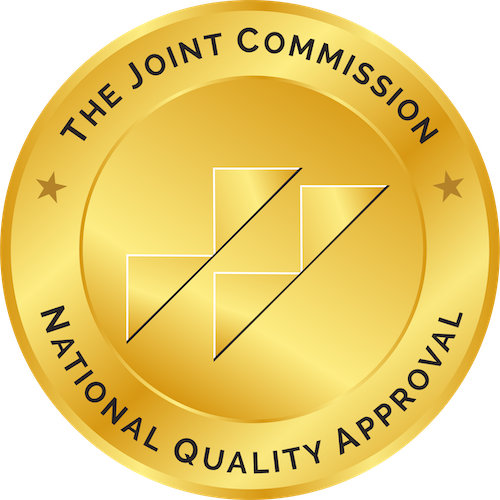As one of the largest health insurers in the country, millions of people are insured by Cigna. Cigna has a reputation for having good rates overall, high customer satisfaction ratings and a number of plans to choose from. But as with other insurance plans, things can get tricky when you’re looking for longer term coverage for chronic problems.
Fortunately, Cigna does offer coverage for substance use and mental disorders. Since each plan is different and each treatment center charges differently, what you pay out of pocket will be unique, too. This is why we encourage all potential clients to do their research, call their insurance company and speak with our admissions department.
Below are tips on how to use your Cigna benefits to pay for drug or alcohol rehab in Ohio.
Complete a Formal Evaluation
In order to determine the level of care you need, Cigna requires all individuals in need of addiction treatment services to take an evaluation. This evaluation includes:
- Full assessment of your current use
- Review of your past substance use and treatment history
- Evaluation of your physical health
- A look into your current social situation
- Identification of your treatment goals
Once this assessment is complete, you will get a treatment recommendation for either inpatient or outpatient care.
Understand the Different Levels of Care
Because everyone is unique, there are various levels of care to choose from. While your insurance will make a determination based on your evaluation, it’s still important to know the different options. This way, you can confirm that you’re getting the right care for your needs and goals.
Outpatient care
Outpatient treatment is designed to be flexible so that you can work, take care of your family and transition safely to everyday life. The types of care that fall under the outpatient umbrella are:
- 12-step programs
- Outpatient programs
- Intensive outpatient programs
- Partial hospitalization
- Ambulatory detox
Inpatient care
Inpatient treatment is more structured and a good fit for those who have serious addictions. You will reside in a facility while receiving treatment, so you will not be able to work during this time. Examples of inpatient care are:
- Inpatient detox
- Inpatient acute care
- Inpatient residential
Keep in mind that it’s not uncommon to need both inpatient and outpatient services. Addiction treatment is a continuum of care – not a one-and-done event.
Consider Other Treatments Covered
Oftentimes, substance use is not a standalone problem. It is the result of something deeper, such as a mental illness or trauma. Your Cigna insurance plan may also provide coverage for behavioral health, mental health services, follow up case management services, consultations and referrals to local support groups, behavioral coaches and online resources.
Make sure that you understand the full scope of what’s covered so that you can maximize your benefits. Also, when you speak with your insurance company, you can also verify that you’ve received prior approval for all treatments received. This may be necessary, depending on your plan.
Have you made the decision to commit to your sobriety? Forward Health in Ohio is here for you. Contact us today to learn more about our program and how it can support your needs. We accept Cigna insurance and will be happy to verify your benefits over the phone.




